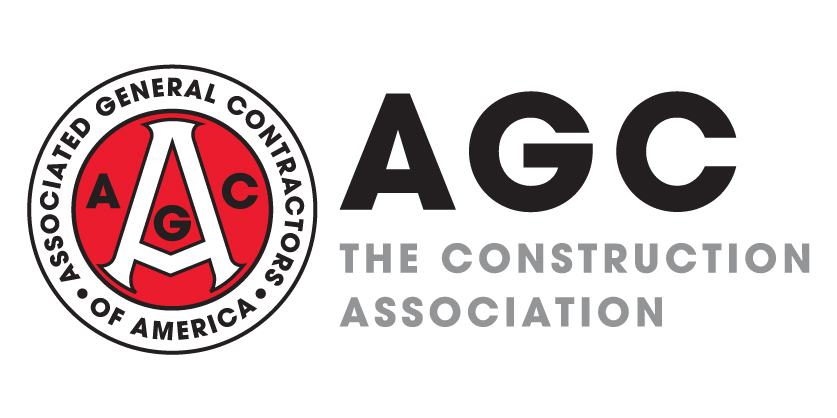
Seasonally adjusted construction employment increased from October 2018 to October 2019 in 41 states and the District of Columbia, declined in eight states and was unchanged in Colorado, an AGC analysis of Bureau of Labor Statistics data released on Tuesday shows. Texas again added the most construction jobs (51,400 jobs, 6.9%), followed by California (34,400, 4.0%), Florida (25,300, 4.6%), Arizona (14,400, 8.9%) and Nevada (12,000, 13%). Nevada again added the highest percentage of construction jobs, followed by New Mexico (11%, 5,300), Arizona, New Hampshire (8.1%, 2,200) and Arkansas (7.6%, 3,800). Construction employment reached new highs (in records dating back to 1990) in Nebraska, Texas, Utah and Washington. Louisiana again lost the largest number and percenta ge of construction jobs over 12 months (-9,700, -6.4%), followed by Ohio (-8,600, -3.9%) and Tennessee (-3,800, -2.9%). Construction employment rose from September to October in 28 states, decreased in 19 and was flat in D.C., Delaware, Maine and Missouri. (AGC’s rankings are based on seasonally adjusted data, which in D.C., Hawaii and Delaware is available only for construction, mining and logging combined.)
Housing starts (units) in October increased 3.8% at a seasonally adjusted annual rate from September and 8.5% year-over-year (y/y) from October 2018, the Census Bureau reported on Tuesday. Multifamily (five or more units) starts rose 6.8% from September and 11% y/y, although the data are typically volatile and often substantially revised in later months. Single-family starts increased 2.0% for the month and 8.2% y/y. For the first 10 months of 2019 combined, total starts slipped 0.6% compared to January-October 2018, with single-family starts down 1.3% and multifamily starts up 1.5%. Residential permits climbed 5.0% for the month and 14% y/y. Multifamily permits jumped 6.1% and 28%, respectively. Single-family permits rose 3.2% and 7.4%. Multifamily permits in the first 10 months of 2019 combined totaled 388,000, 25% higher than year-to-date starts, implying there is a backlog of proj ects that may break ground in the next several months.
Two commentaries suggest multifamily construction will continue increasing but likely at a more modest rate. The National Association of Home Builders reported on Thursday, “Builder and developer confidence in the multifamily housing market weakened slightly in the third quarter, according to results from NAHB’s Multifamily Market Survey. The survey’s Multifamily Production Index (MPI) measures builder and developer sentiment about current conditions in the apartment and condo market on a scale of 0 to 100. The index and all of its components are scaled so that a number below 50 indicates that more respondents report conditions are getting worse than report conditions are improving. The MPI is a weighted average of three key elements of the multifamily housing market: construction of low-rent units—apartments that are supported by low-income tax credits or other government subsidy programs; market-rate rental units, and for-sale units. The low-rent unit component fell five points to 51, while the market-rate rental component dropped 20 points to 44, and the component measuring for -sale units remained even at 50….the MPI has been in line with movements in Census multifamily starts…The slight reduction in the MPI is consistent with multifamily starts, which were relatively high in the second quarter.”
In an “Apartment Market Outlook” posted on Monday, Wells Fargo Economics noted, “Demand for rentals has softened somewhat compared to the fairly robust pace hit last year and net completions have slowed to their slowest pace since 2016, an indication new apartment construction likely peaked in 2018….Still-solid yet more moderate demand for apartments is also to be expected given that overall economic growth is slowing….Yet hiring appears to have lost some steam recently, and since demand for apartments closely follows job growth, it is not all that surprising that net absorption has also moderated this year.” The commentary cites several reasons to expect continuing demand for apartments from tenants aged 35-44 and 65-and-older.
The Architecture Billings Index (ABI) increased from 49.7 in September to 52.0 in October, the highest level in 11 months, the American Institute of Architects reported on Wednesday. The ABI measures the percentage of surveyed architecture firms that reported higher billings than a month earlier, less the percentage reporting lower billings. Any score below 50 (on a 0-100 scale) indicates a decrease in billings. Scores (based on three-month moving averages) varied by practice specialty, though all moved higher: mixed practice, 55.2, up from 53.1 in September; residential (mainly multifamily), 54.0, up from 53.2 to a 14-month high; institutional, 49.6, up slightly from 49.4; and commercial/industrial, 49.3, up from 47.3.
There are “134 active natural-gas pipeline projects [that] the U.S. Energy Information Administration (EIA) tracks,” the agency reported on November 7, of which “46 have entered or are expected to enter service in 2019. These projects will increase deliveries by pipeline to Mexico or to liquefied natural gas (LNG) export facilities in the Gulf Coast region. More than 40% of this new pipeline capacity…delivers natural gas to locations within the South Central region. Many of these pipeline projects will provide additional takeaway capacity out of the Permian Basin in western Texas or enable additional Permian natural gas production to reach the interstate pipeline system….Th e remainder of the natural gas pipeline projects slated for completion in the South Central region in 2019 will deliver natural gas to demand centers, in particular to LNG export facilities on the Gulf Coast….Additional information on these and other natural gas pipeline projects is available in EIA’s [quarterly] Natural Gas Pipeline Project Tracker.”




